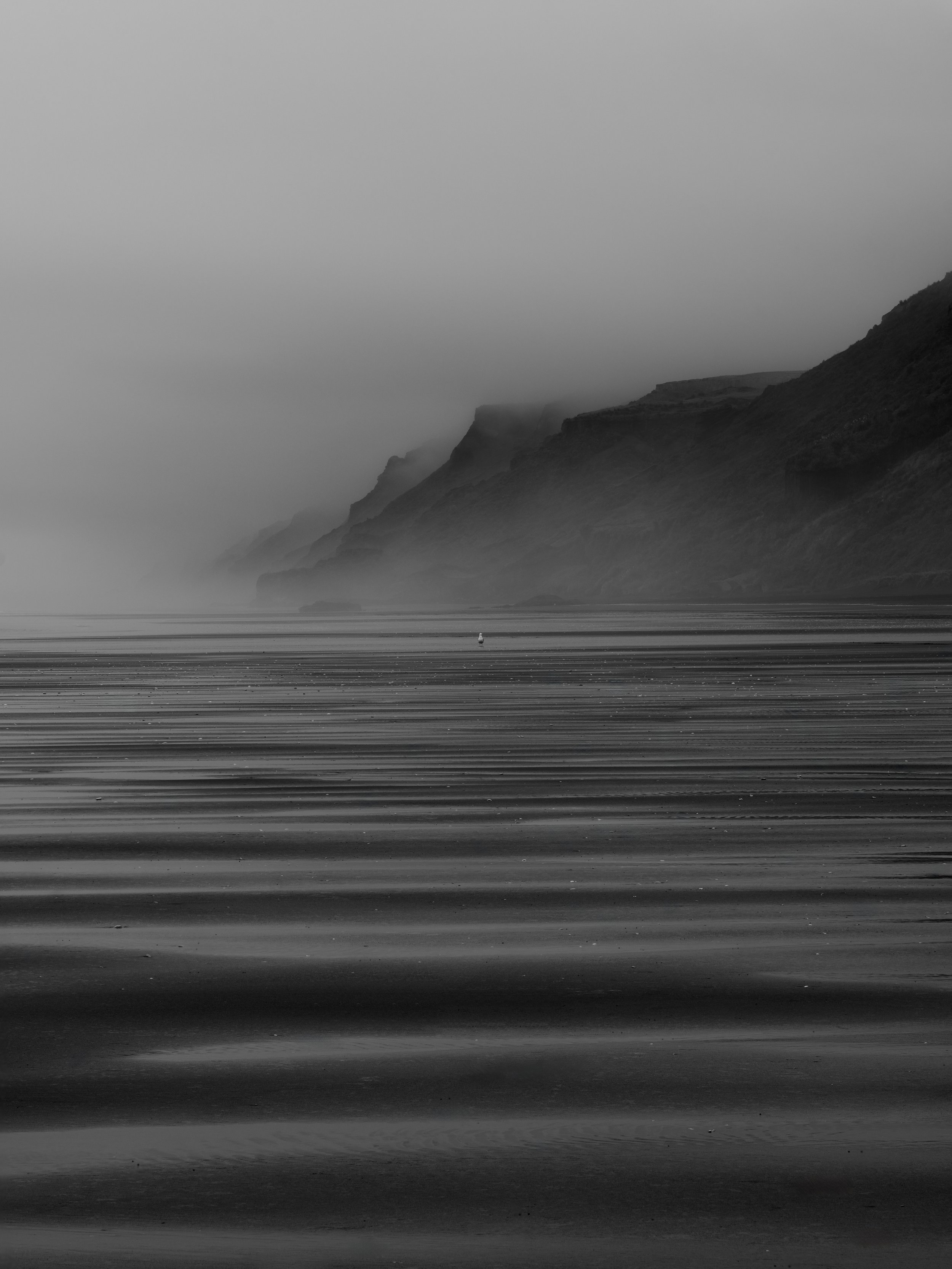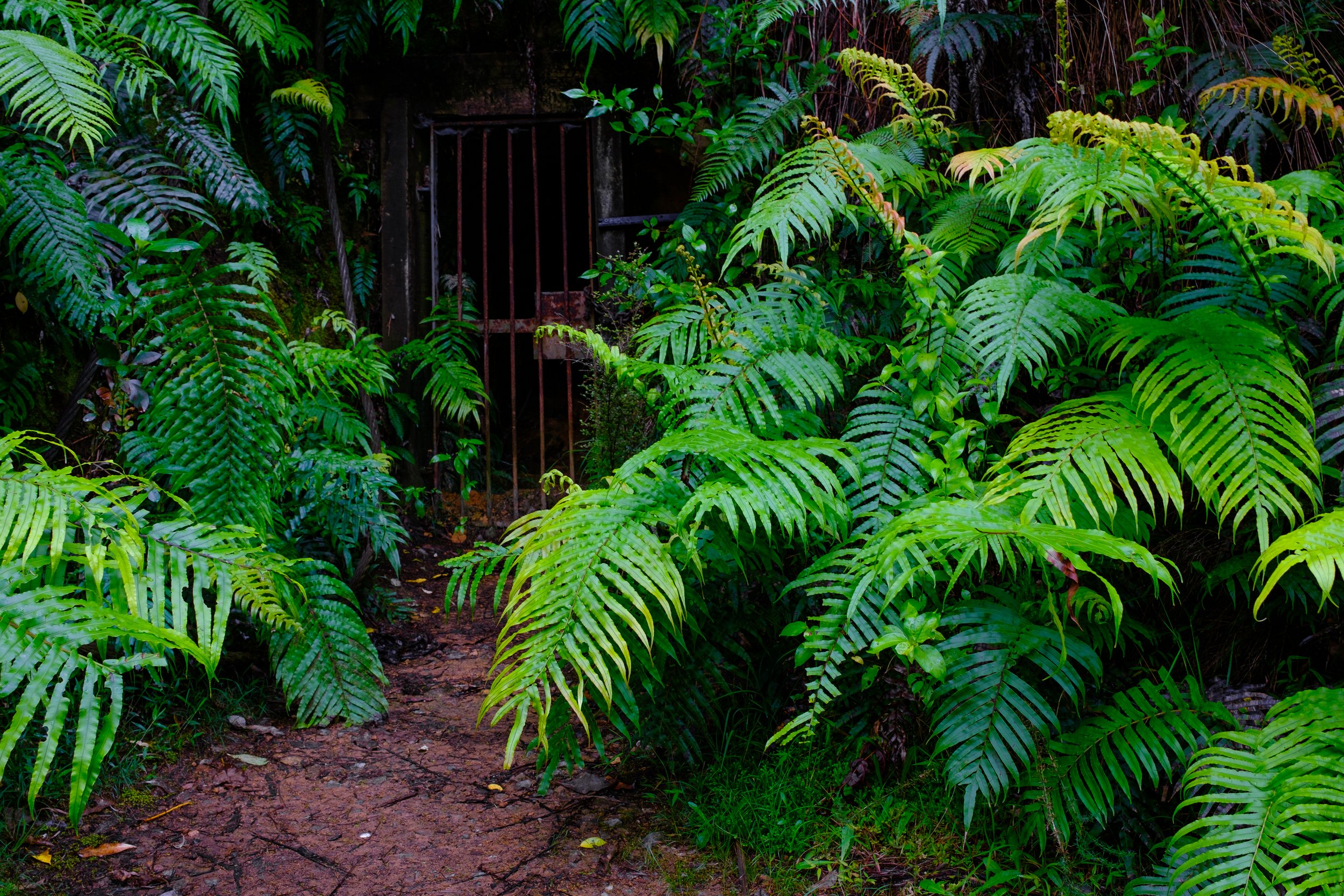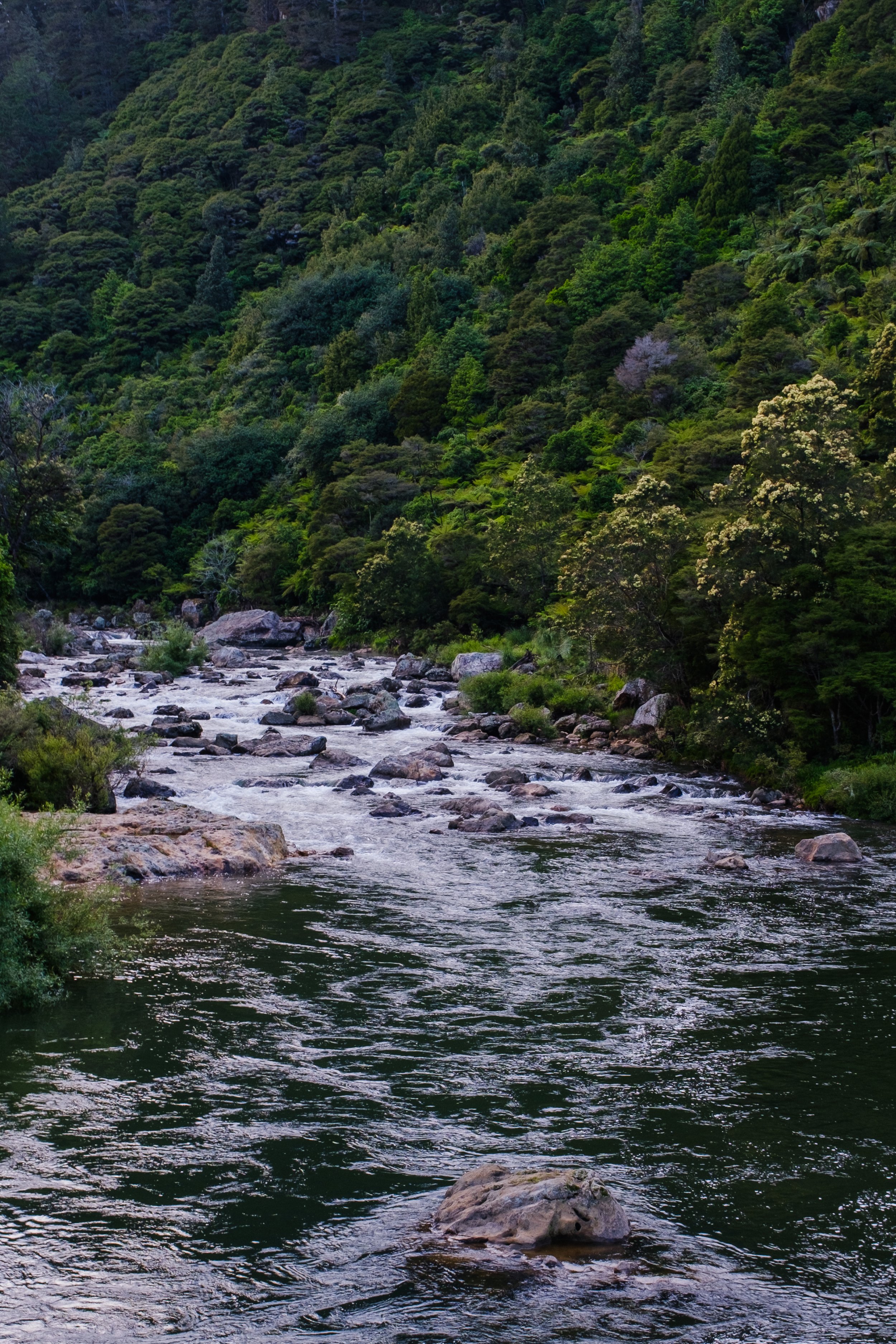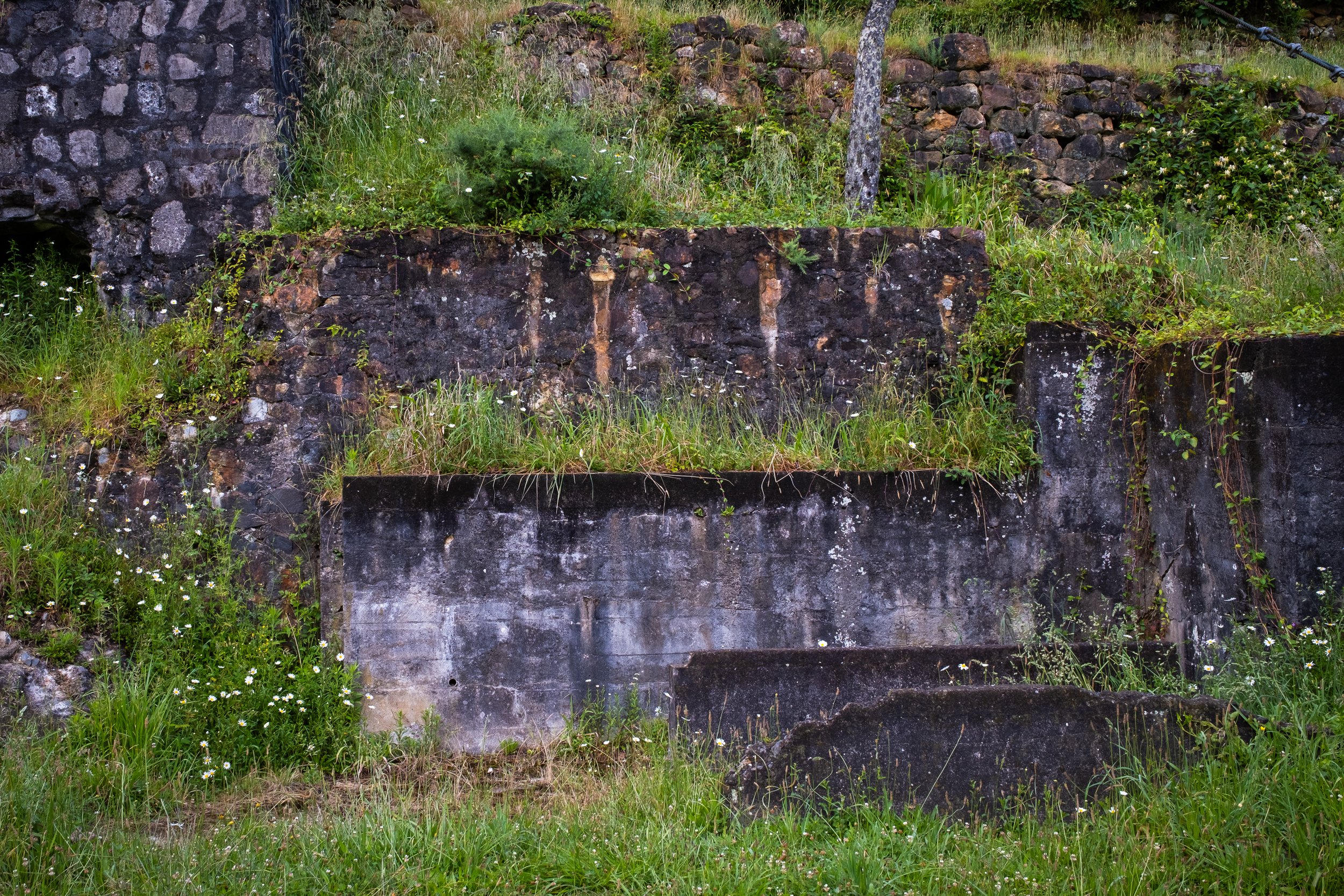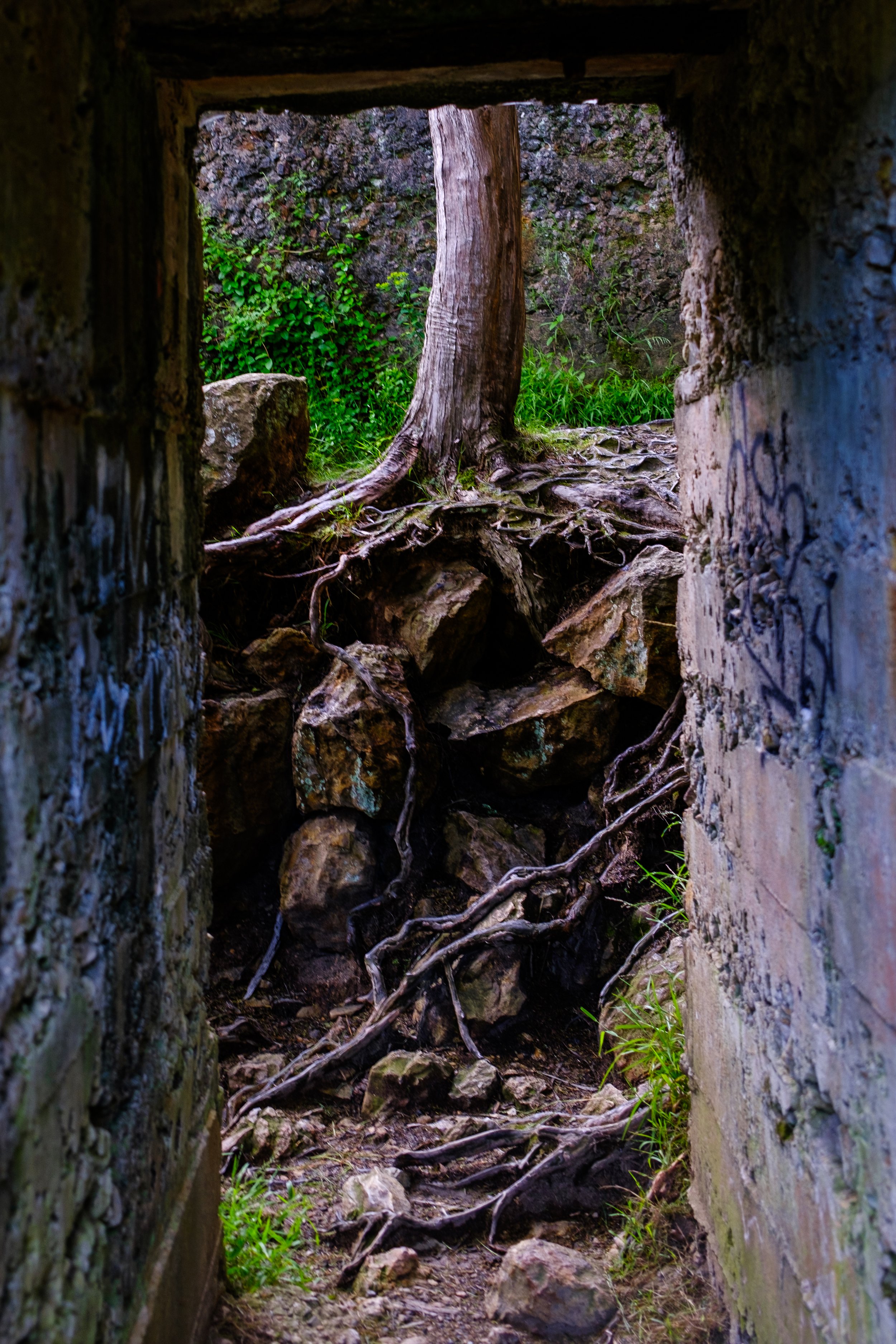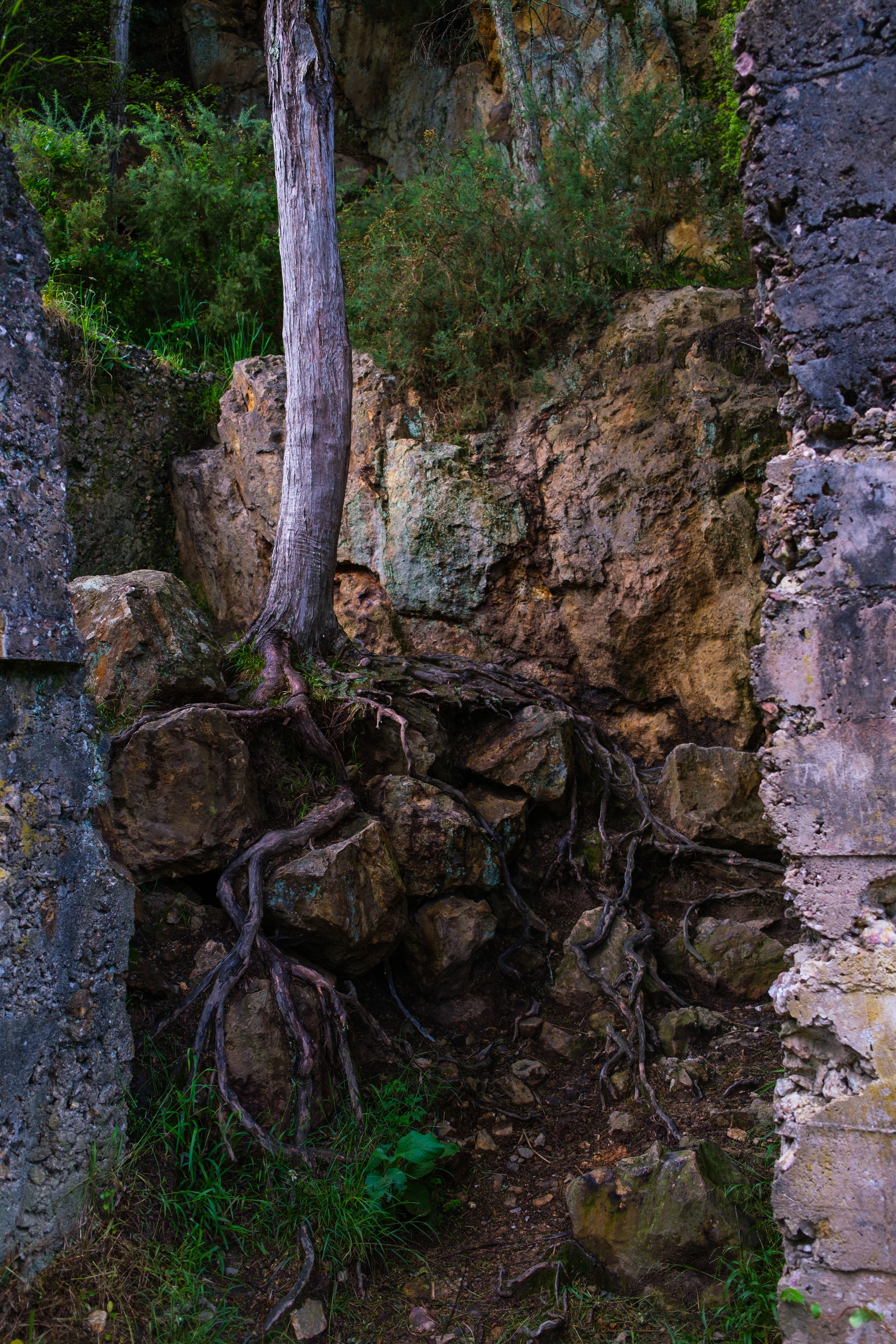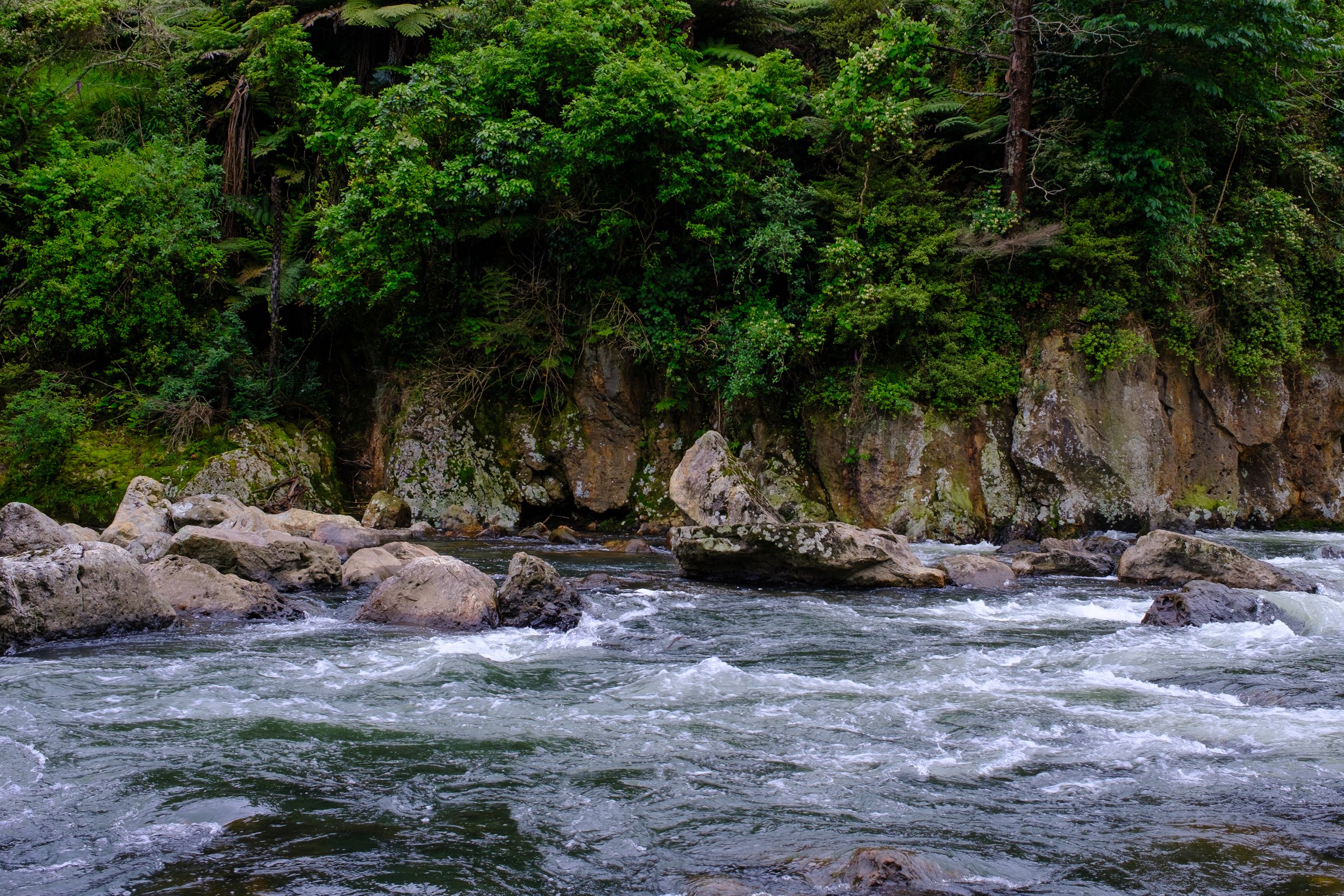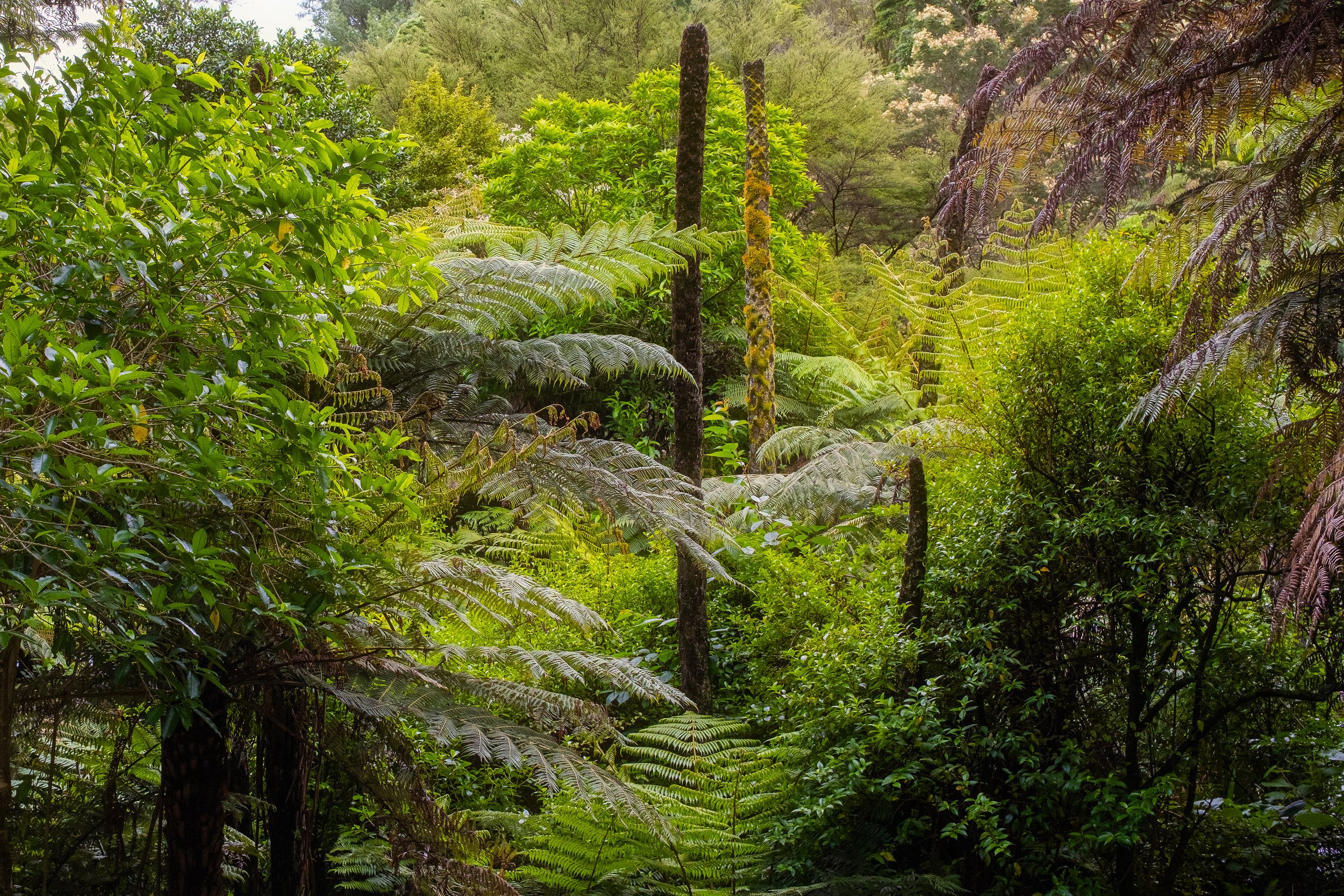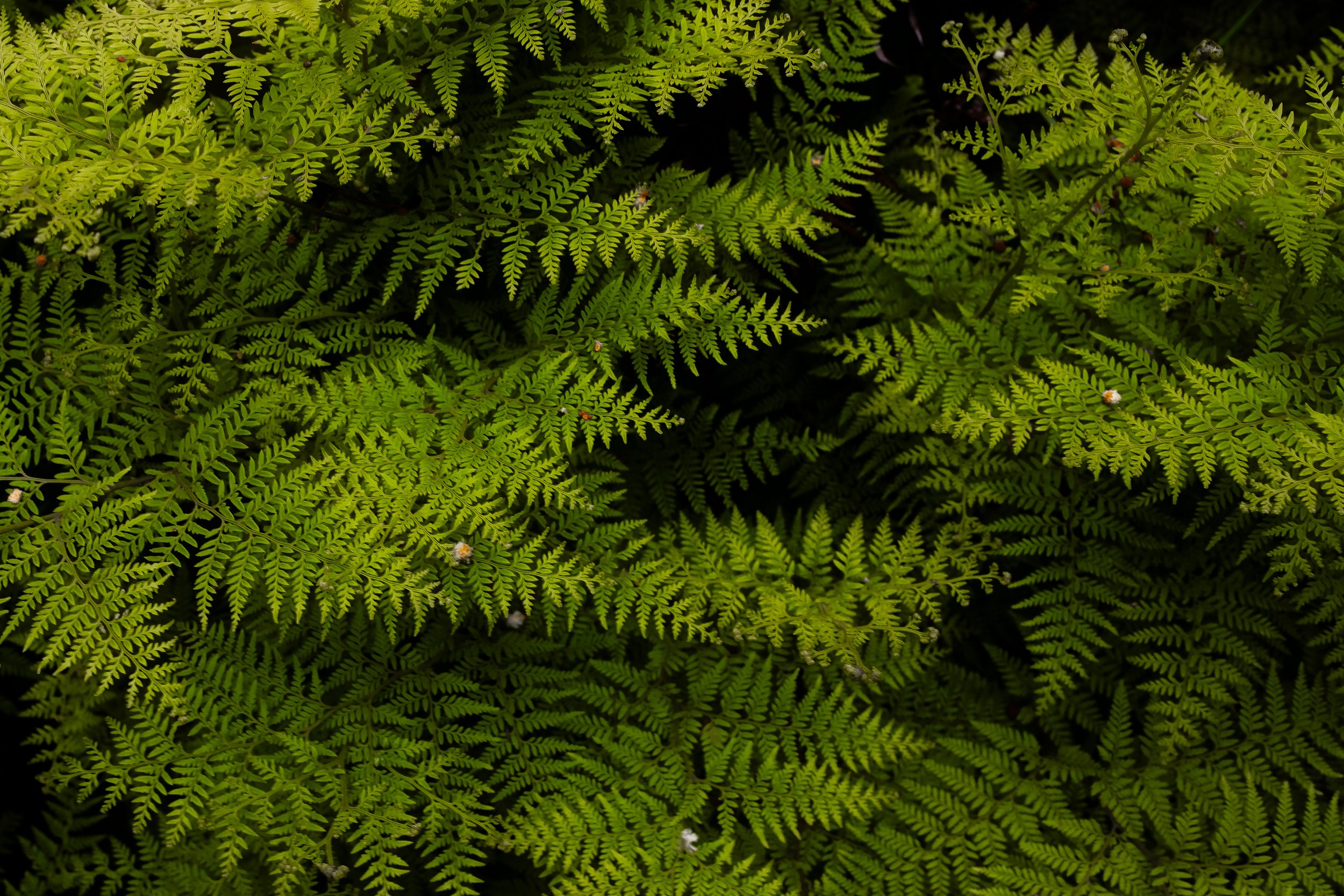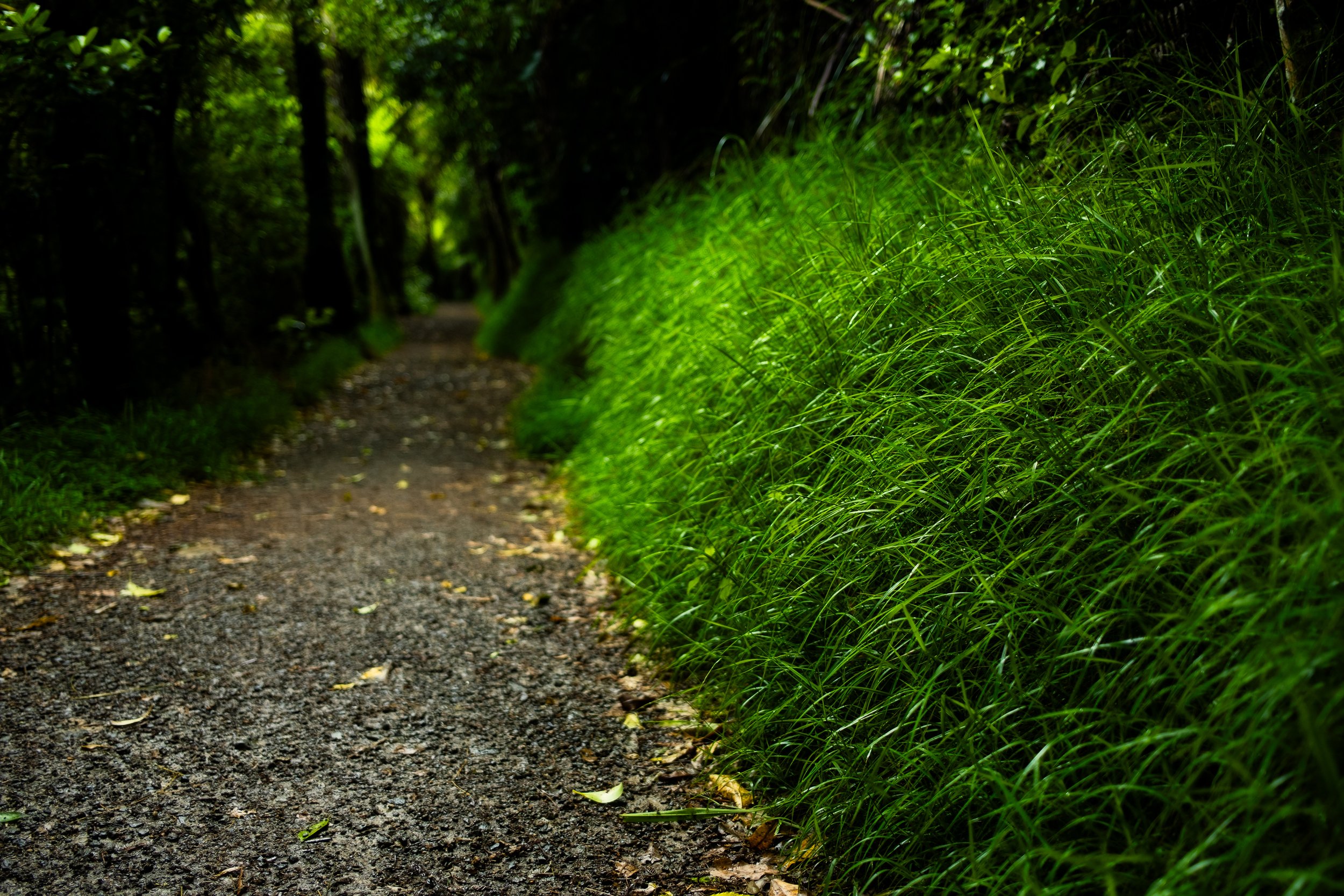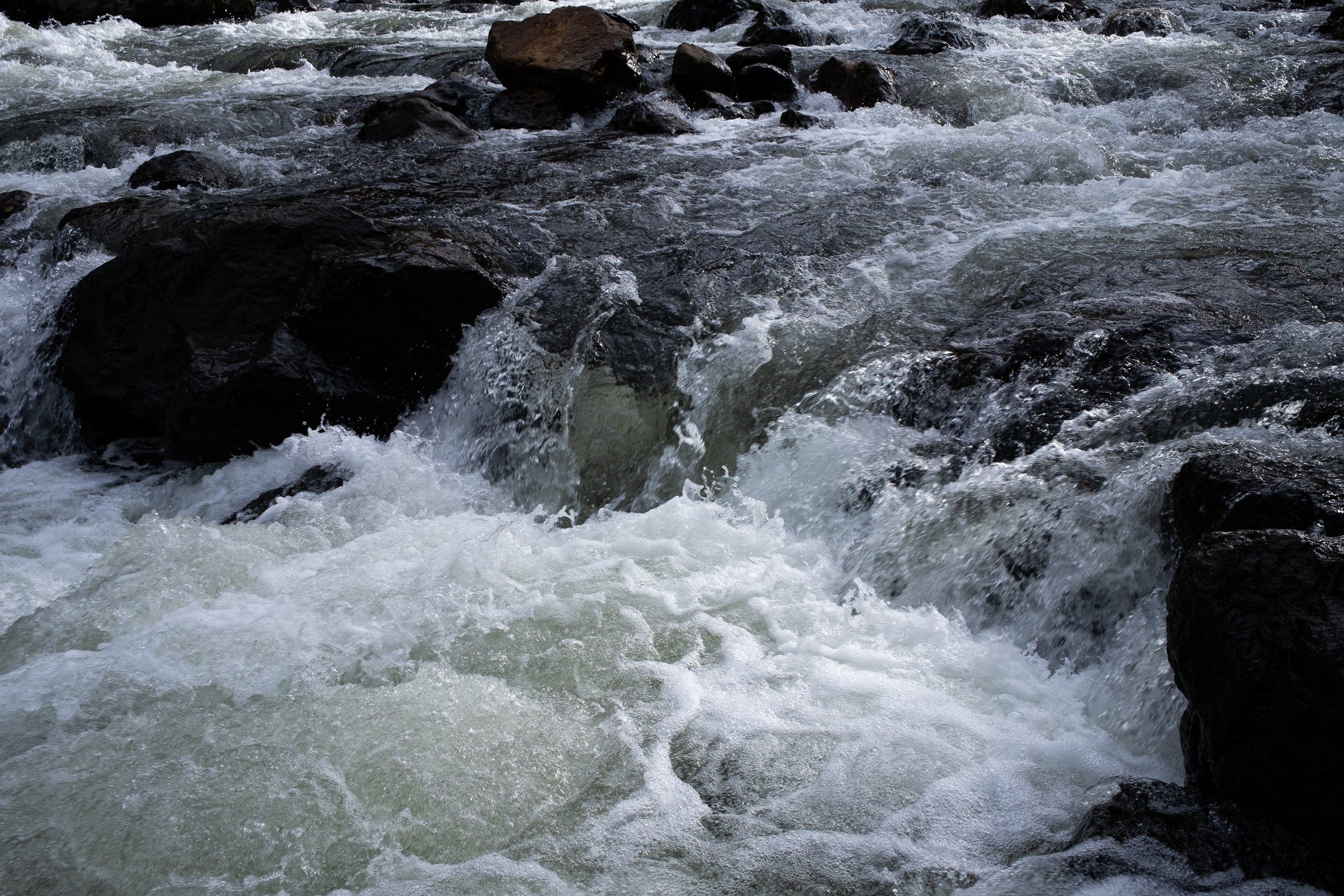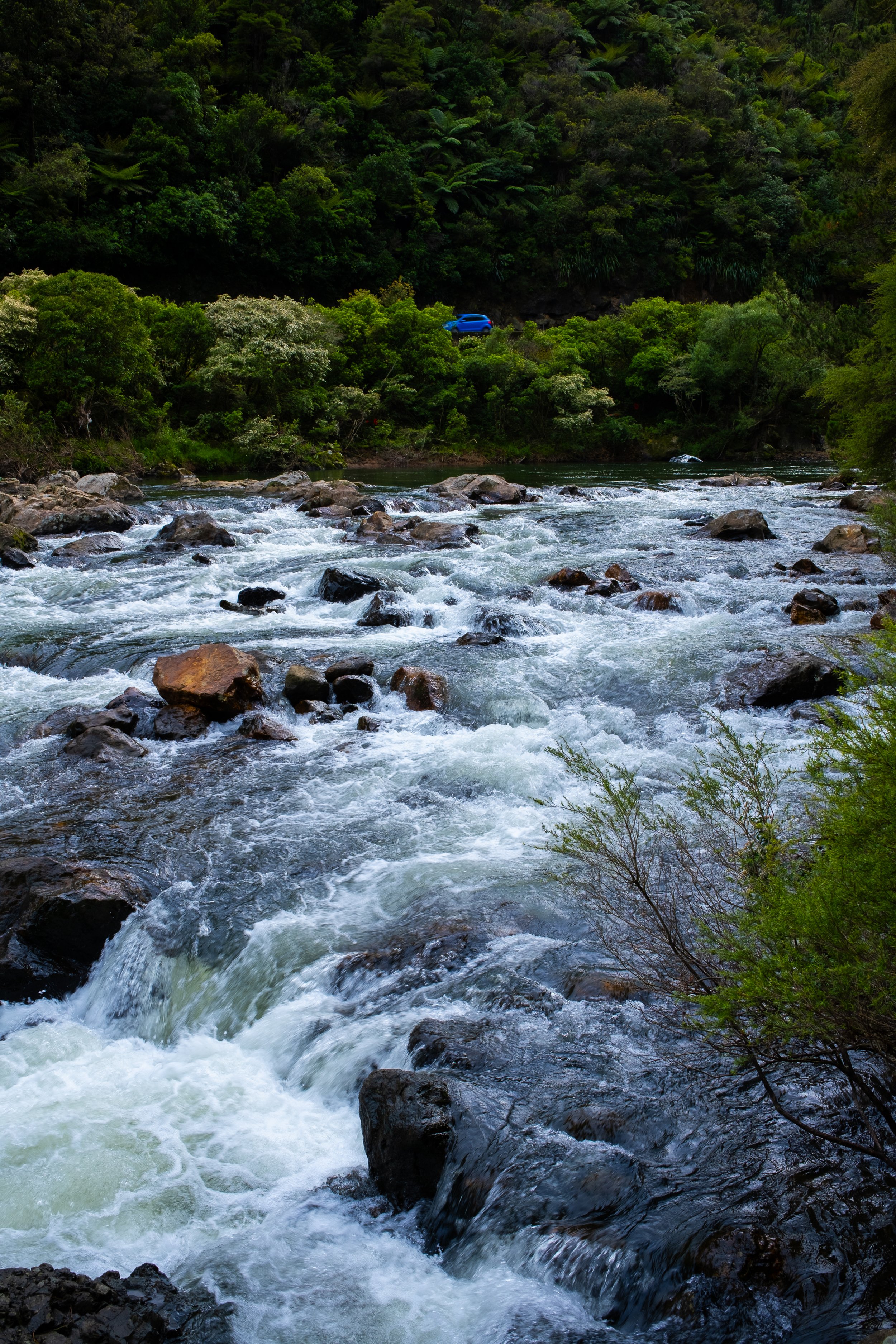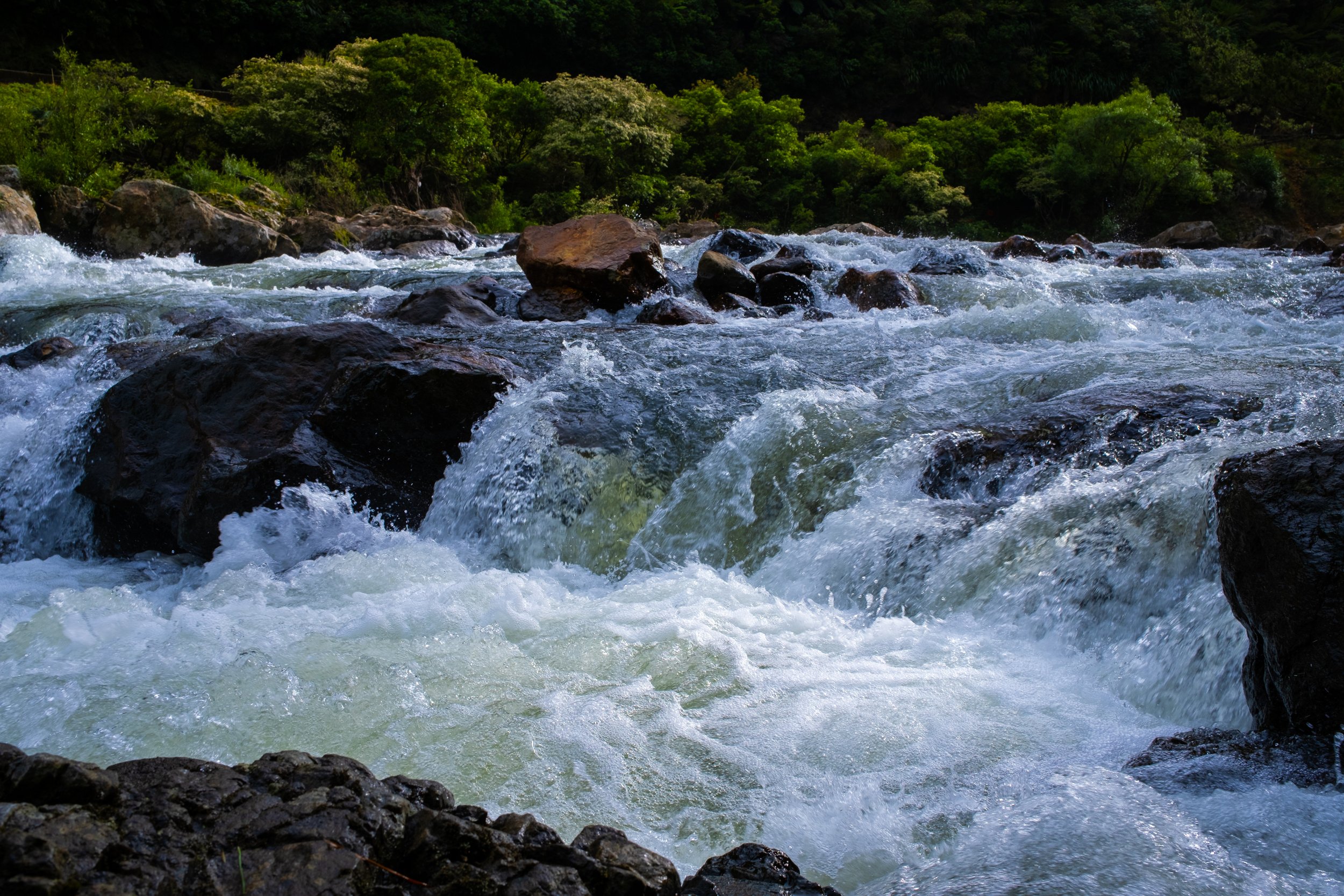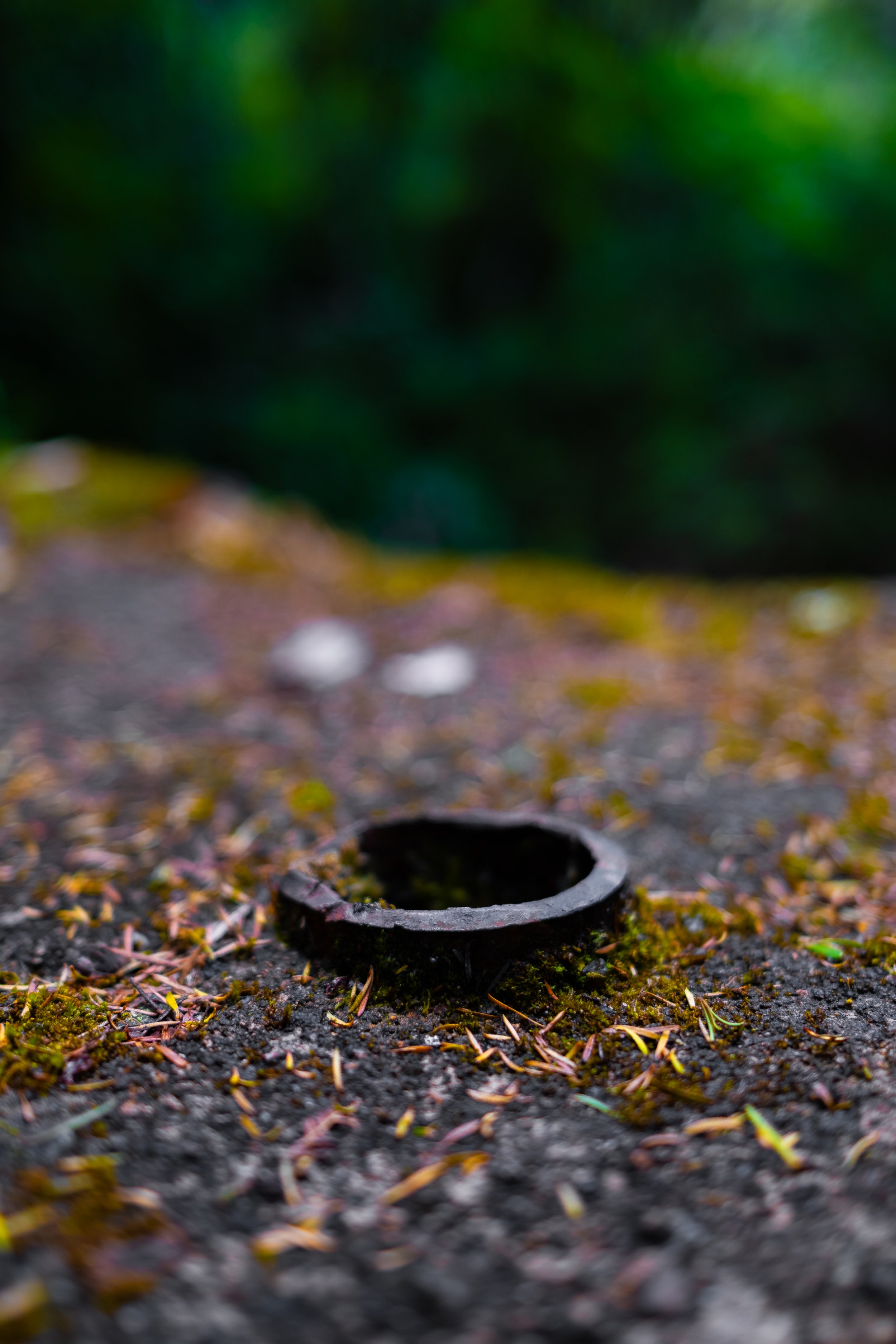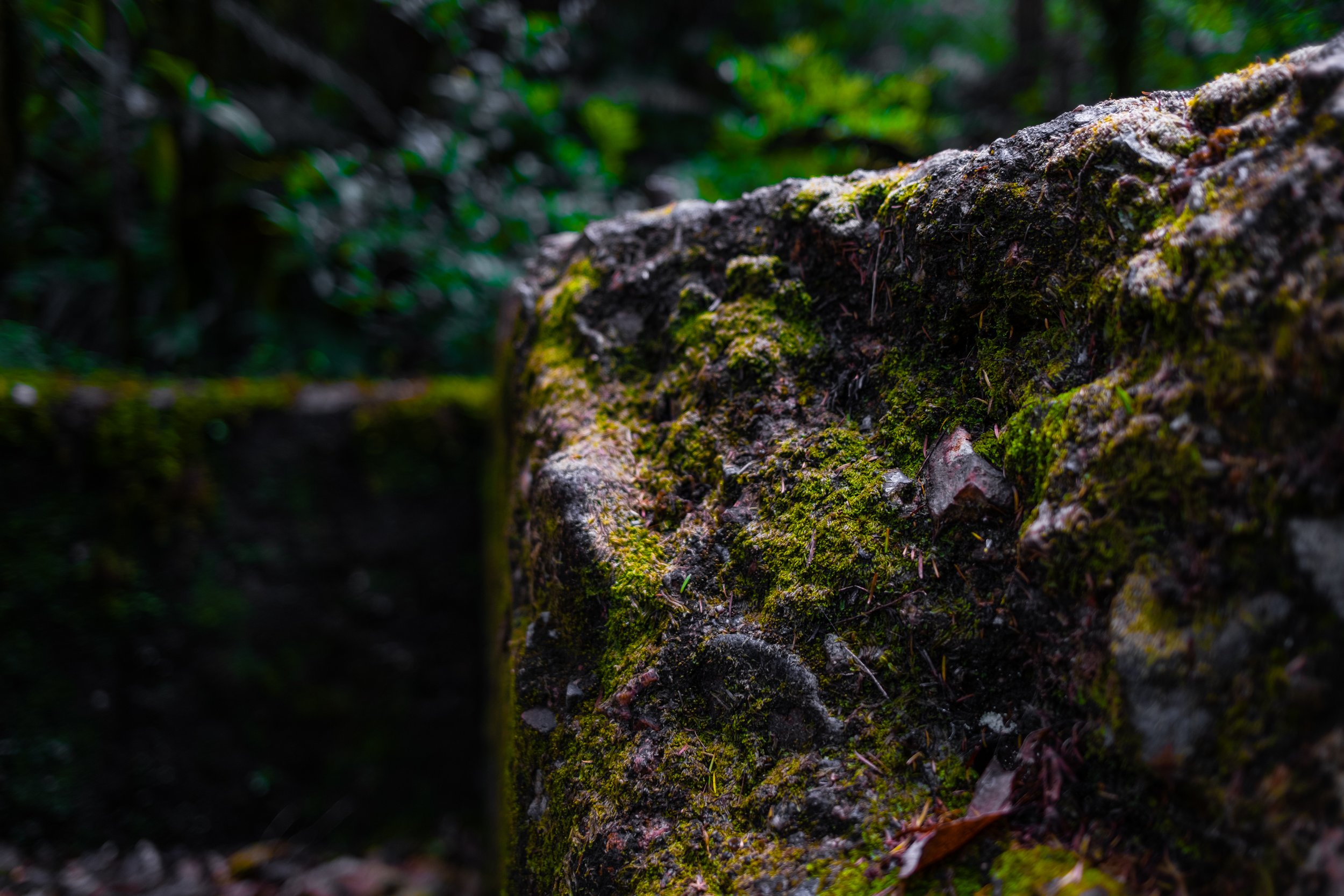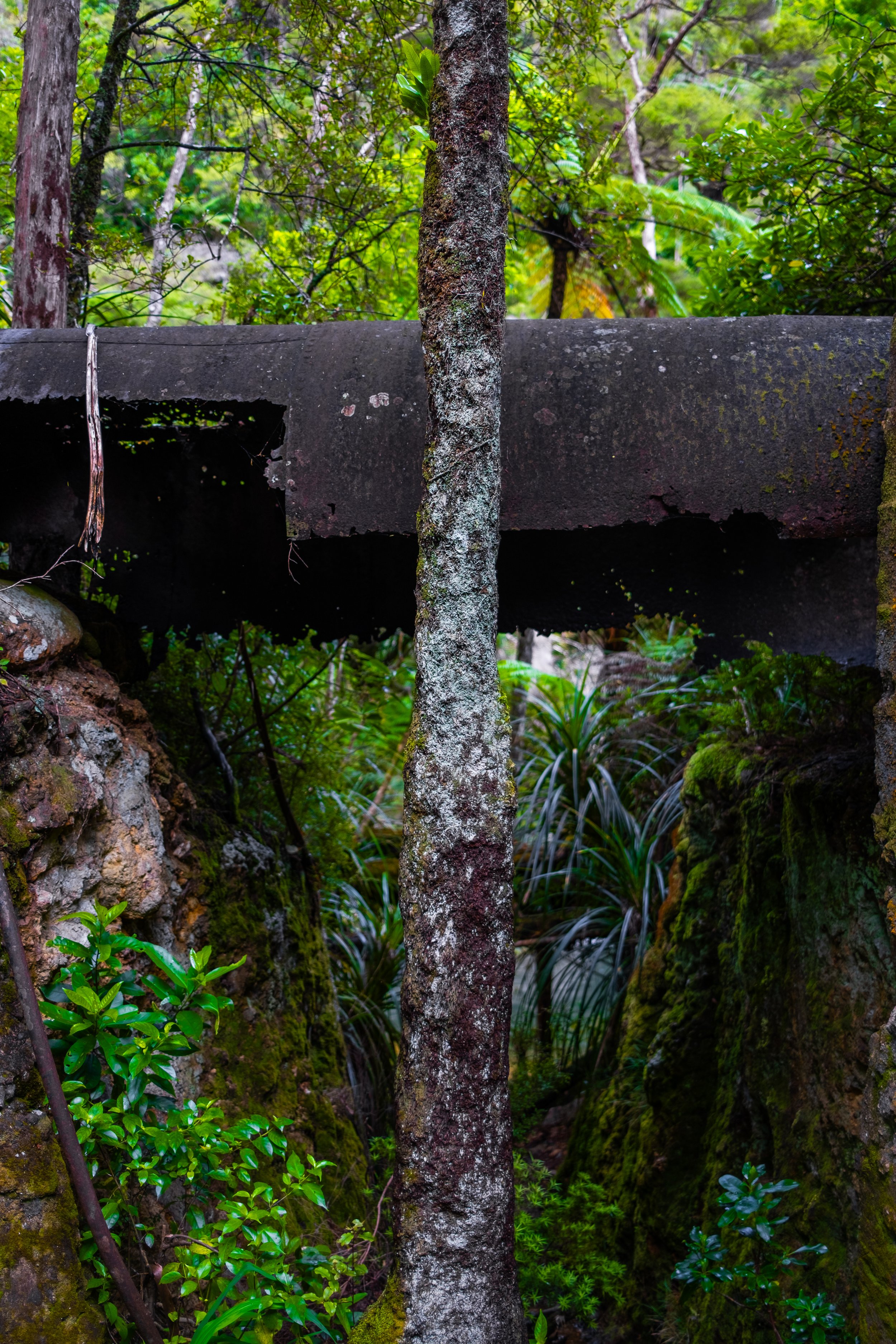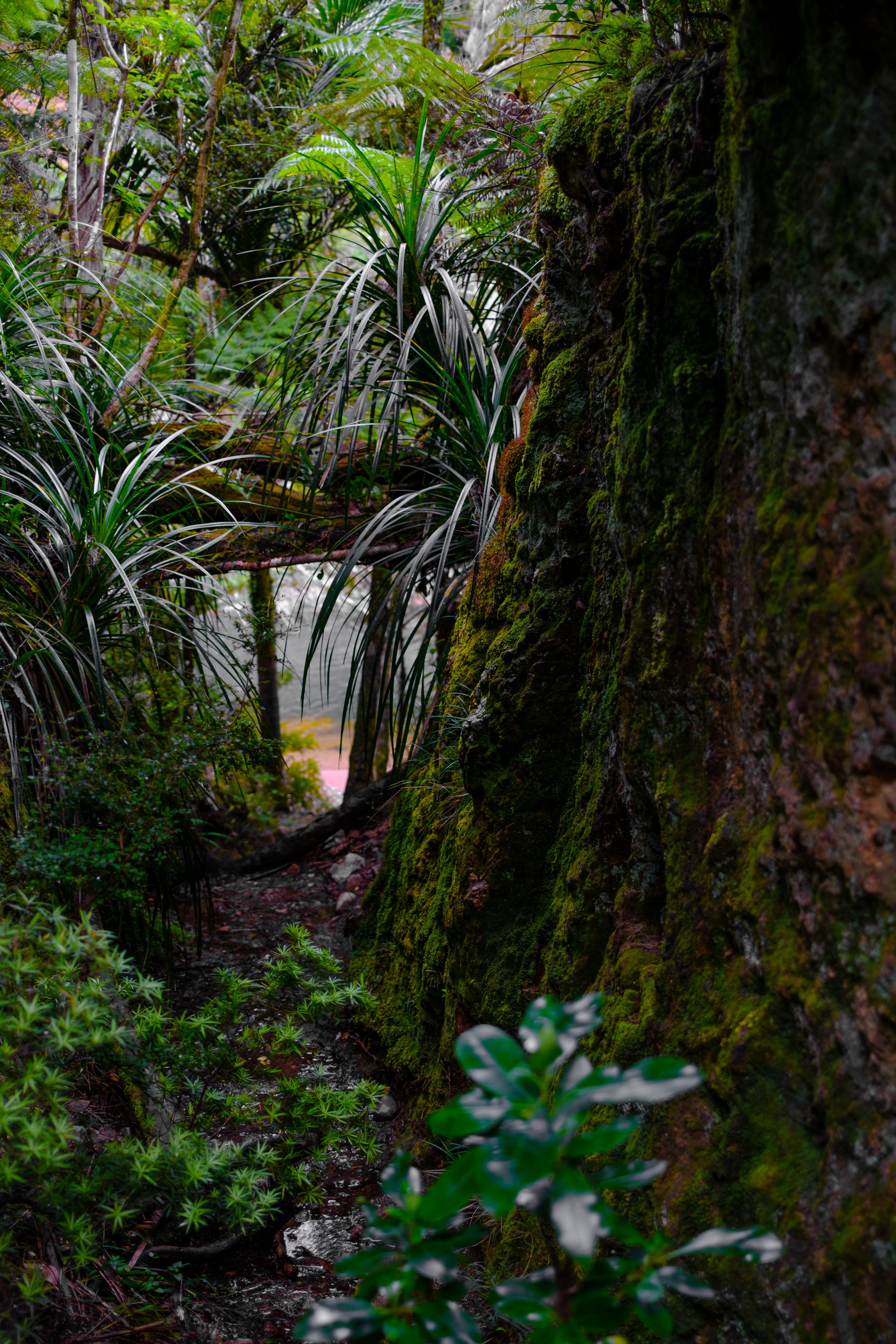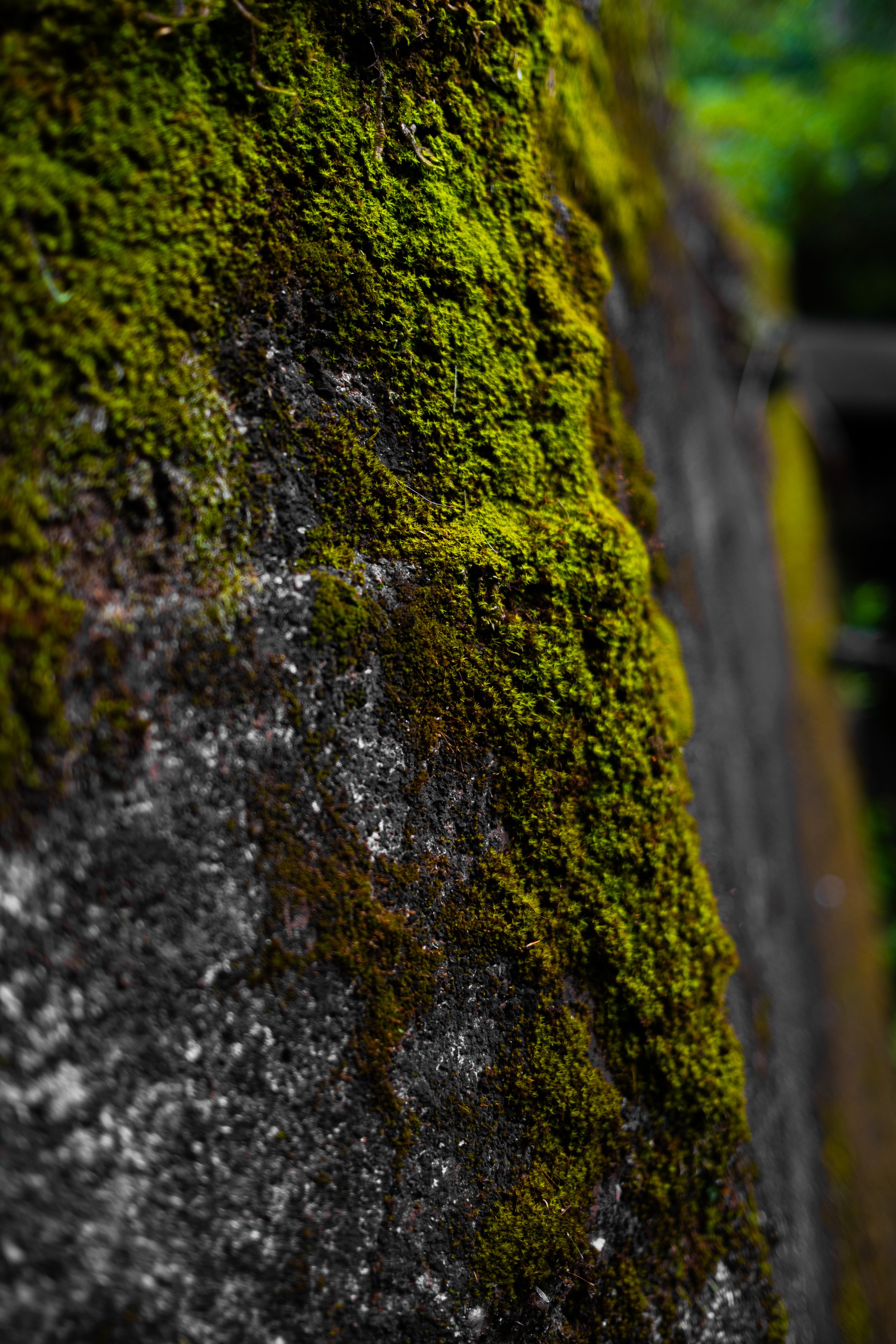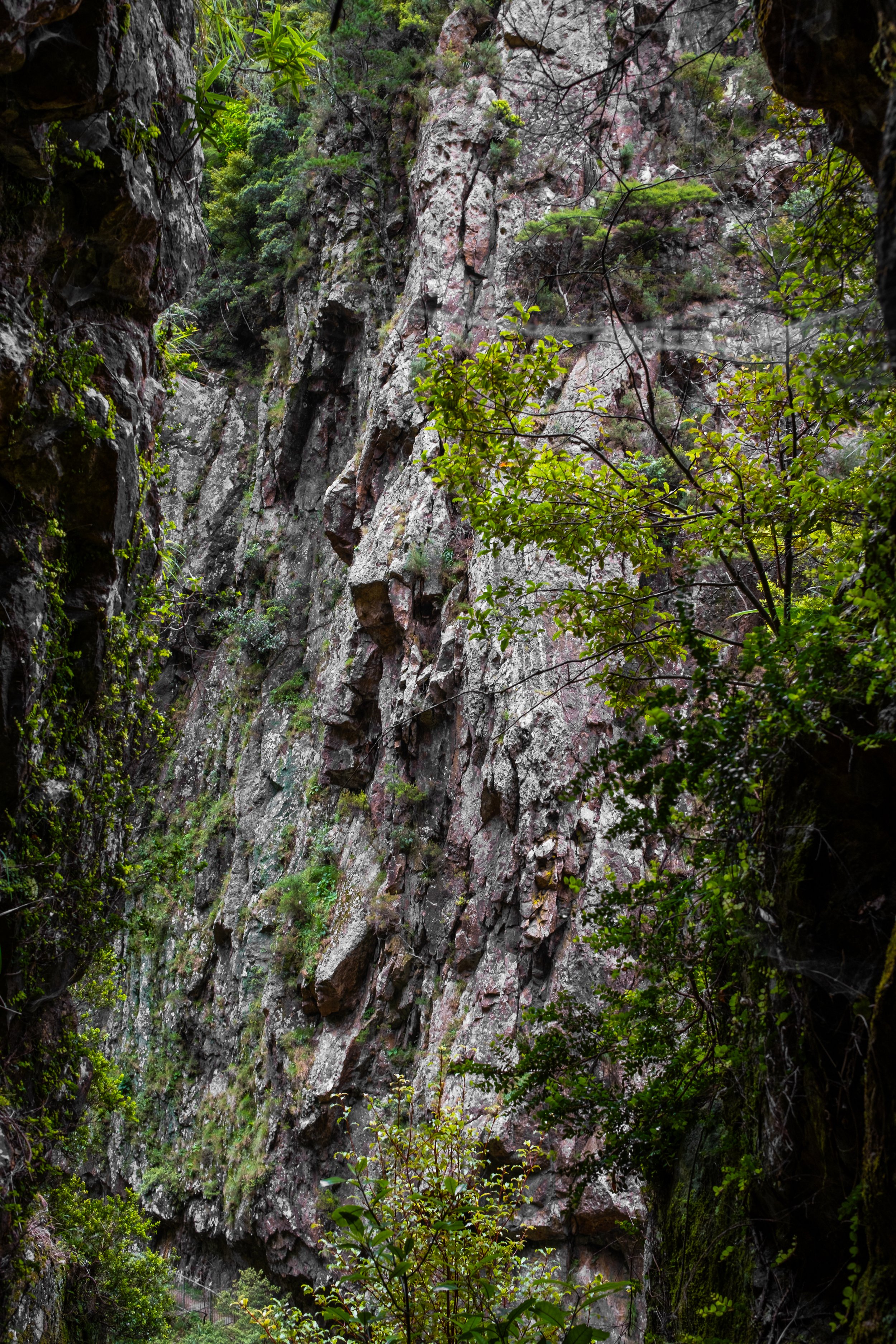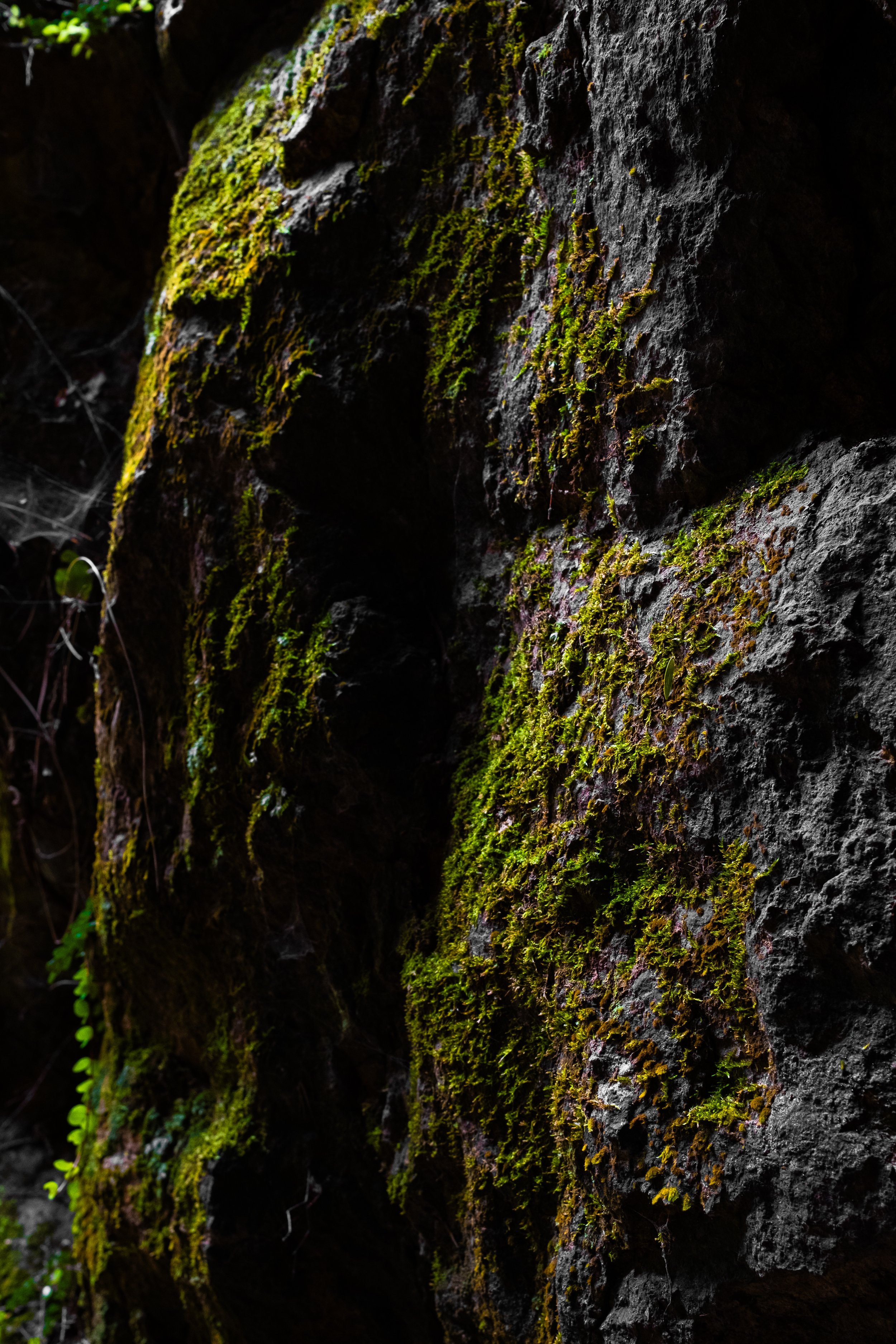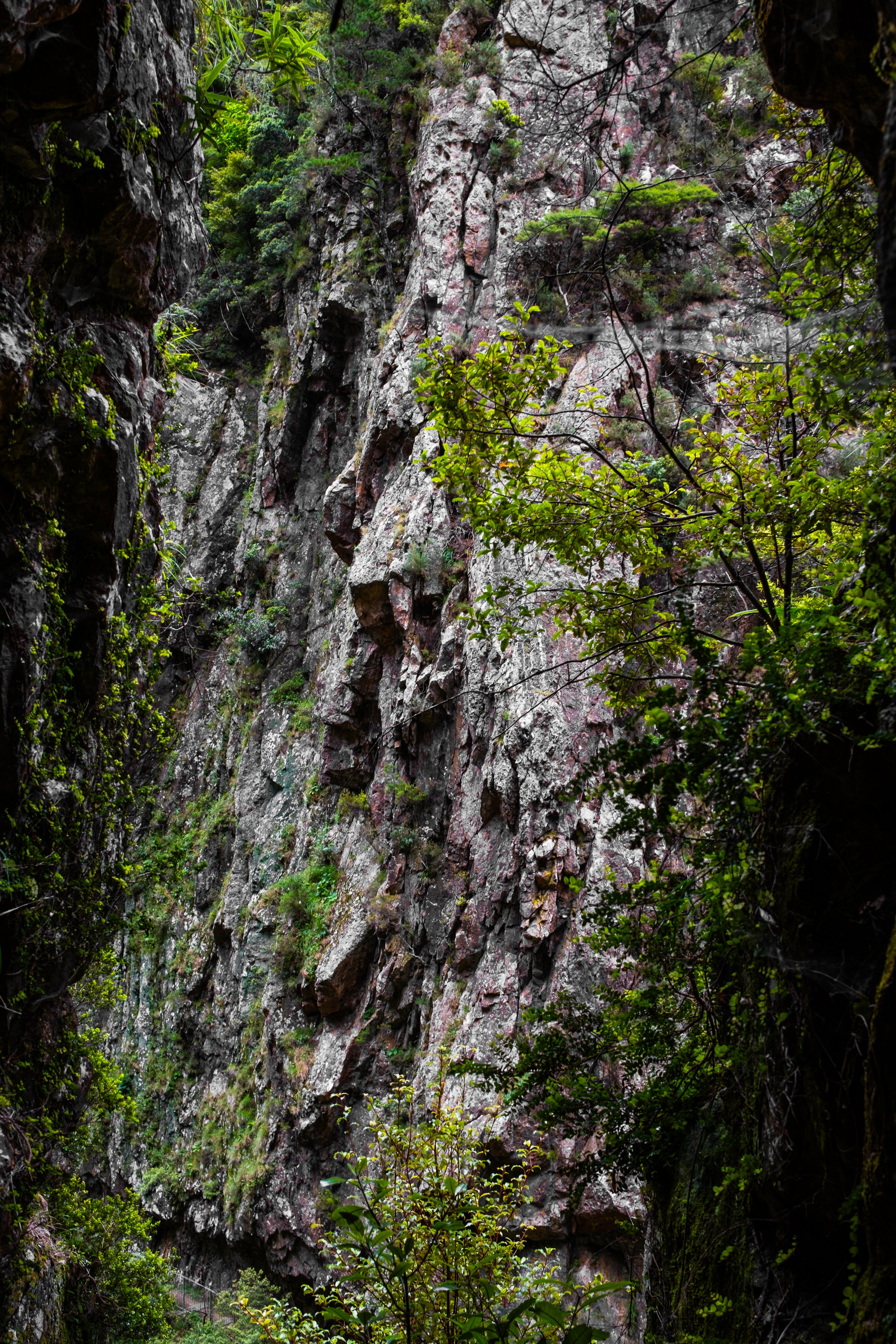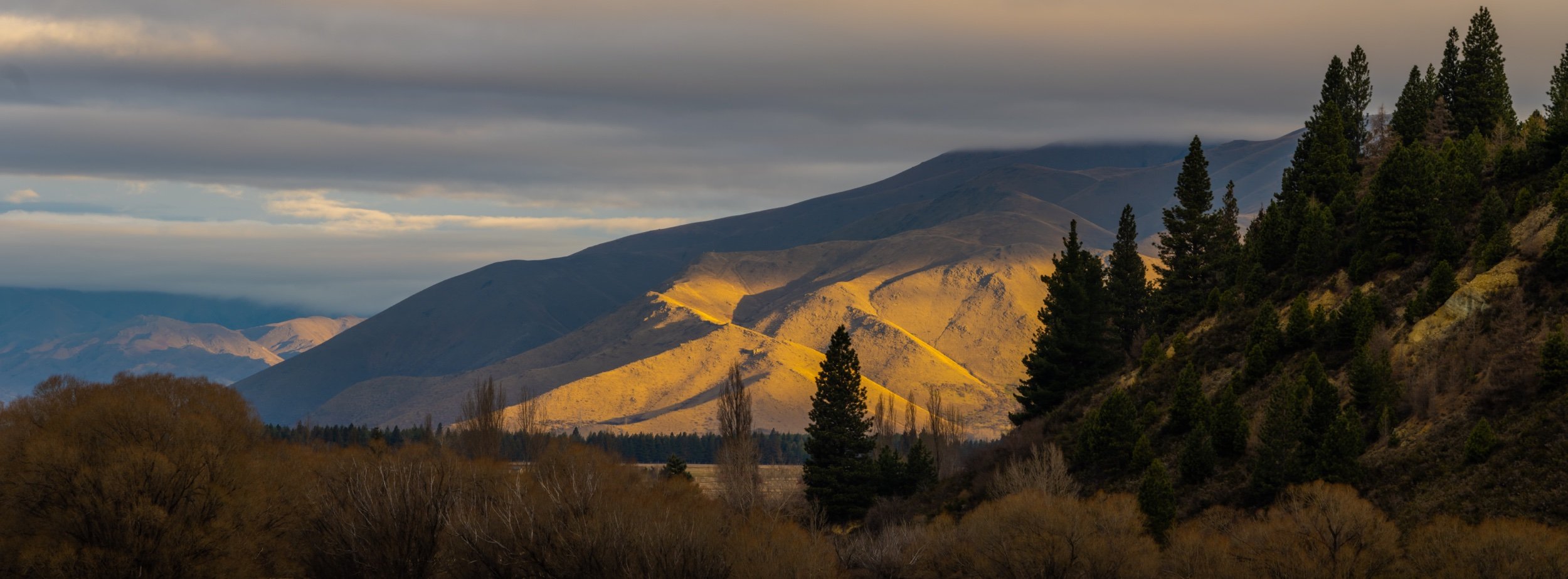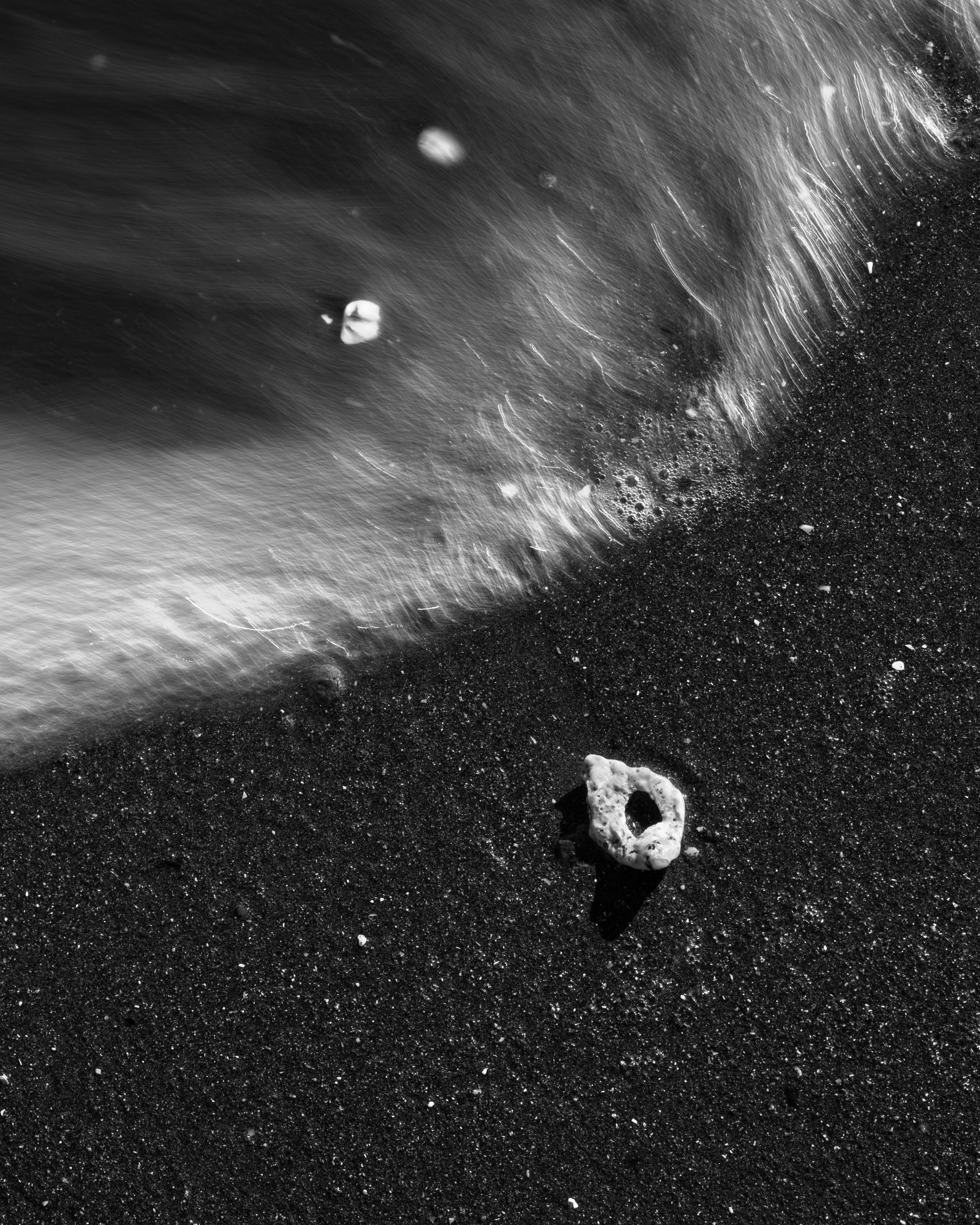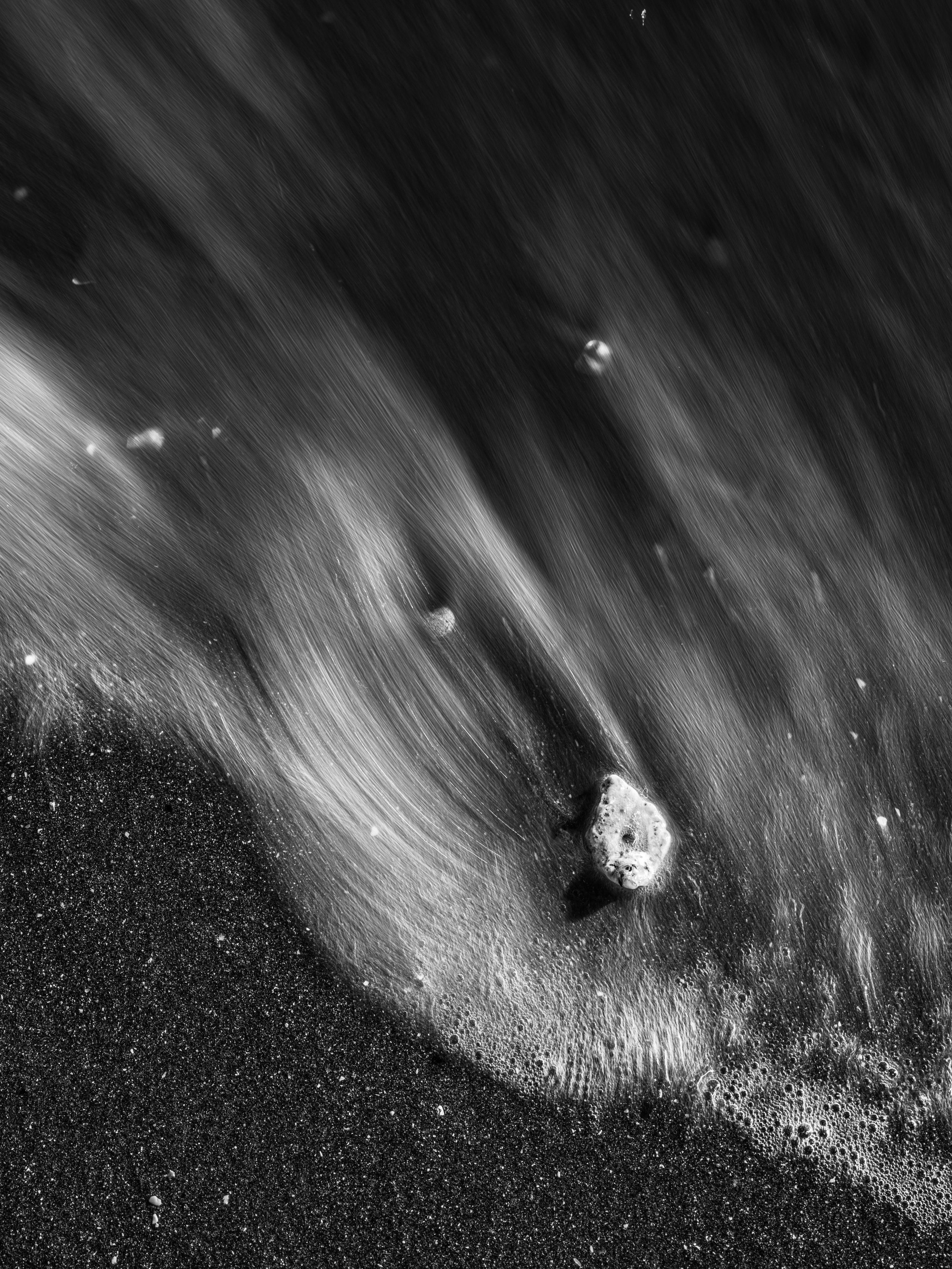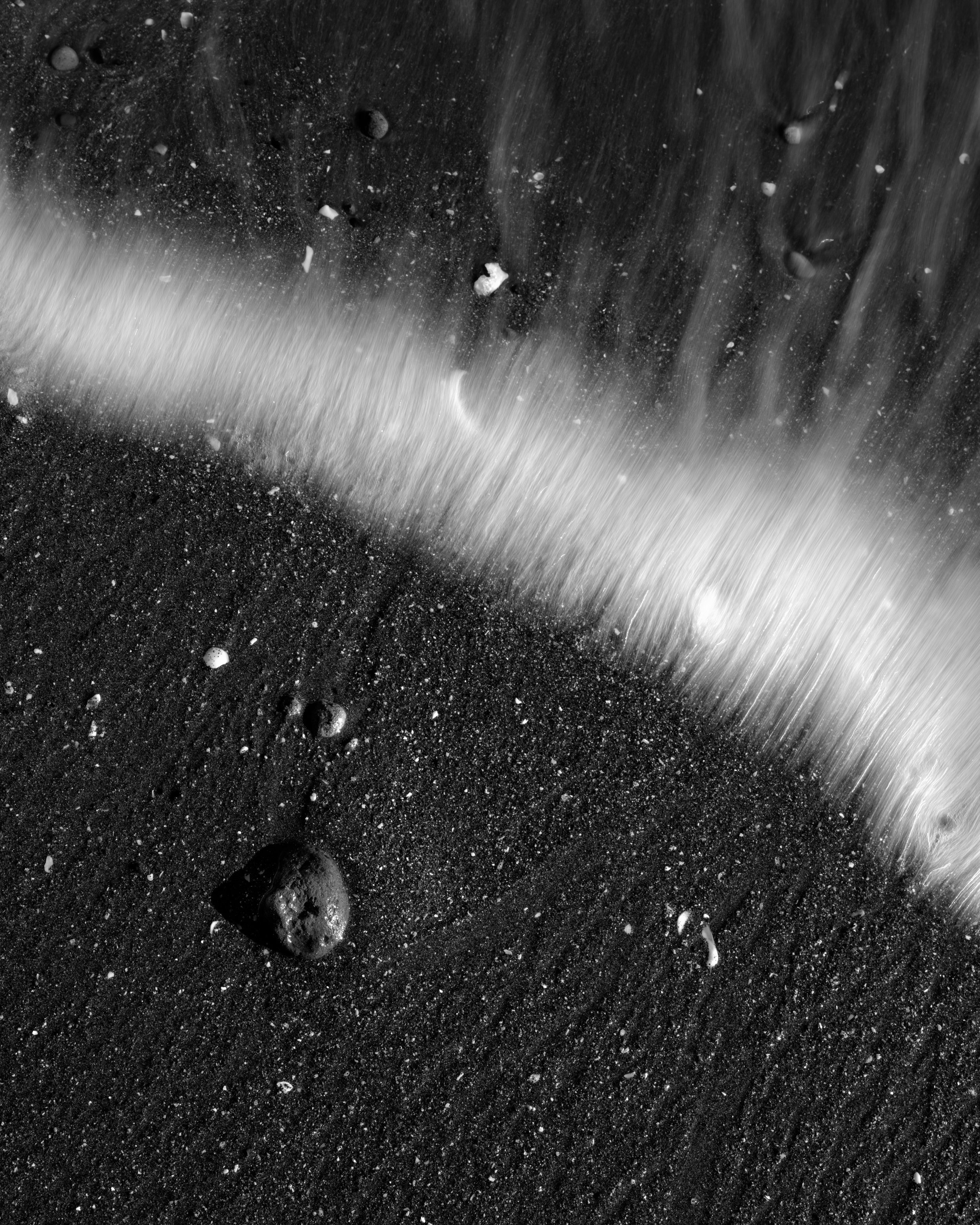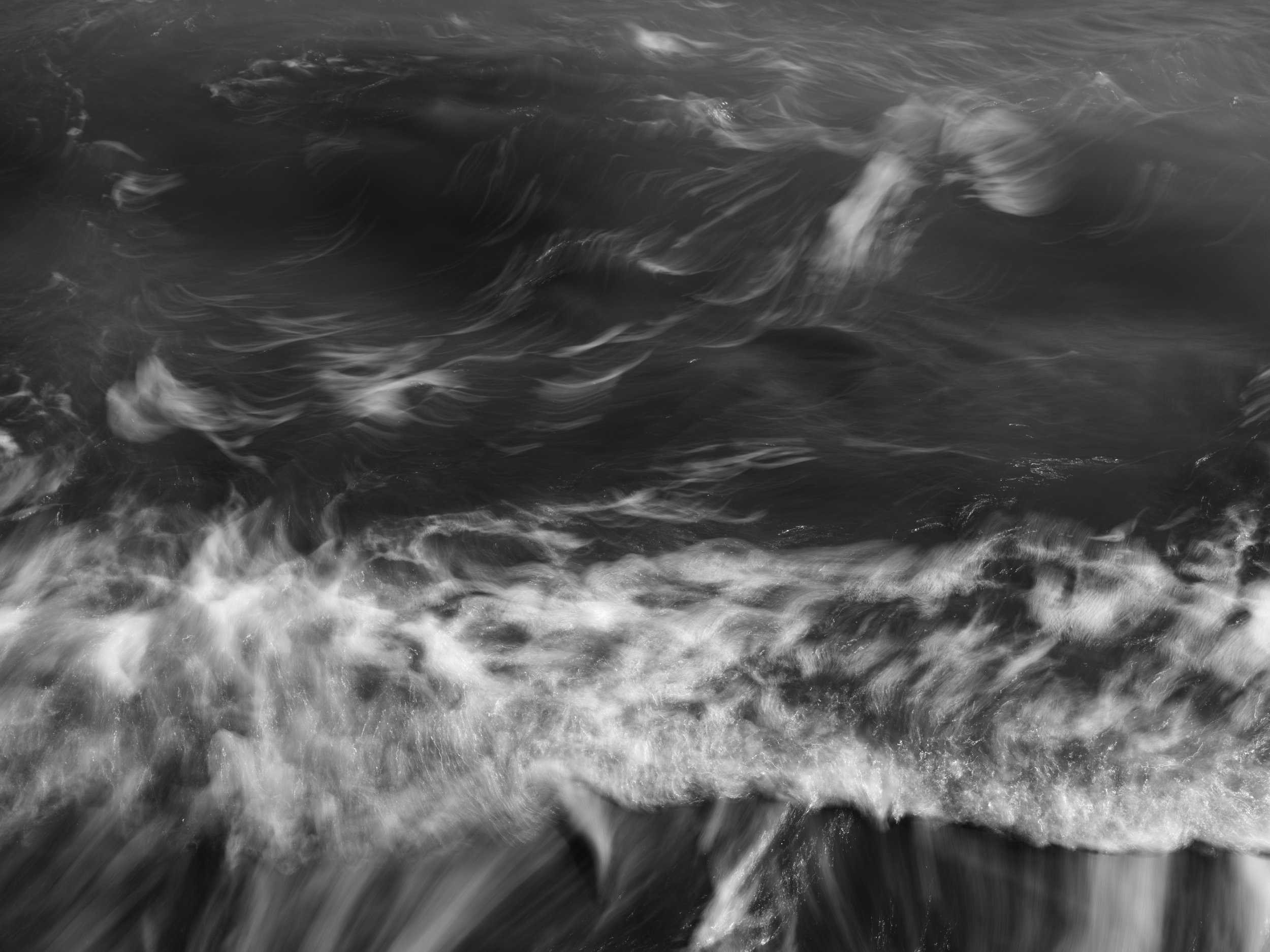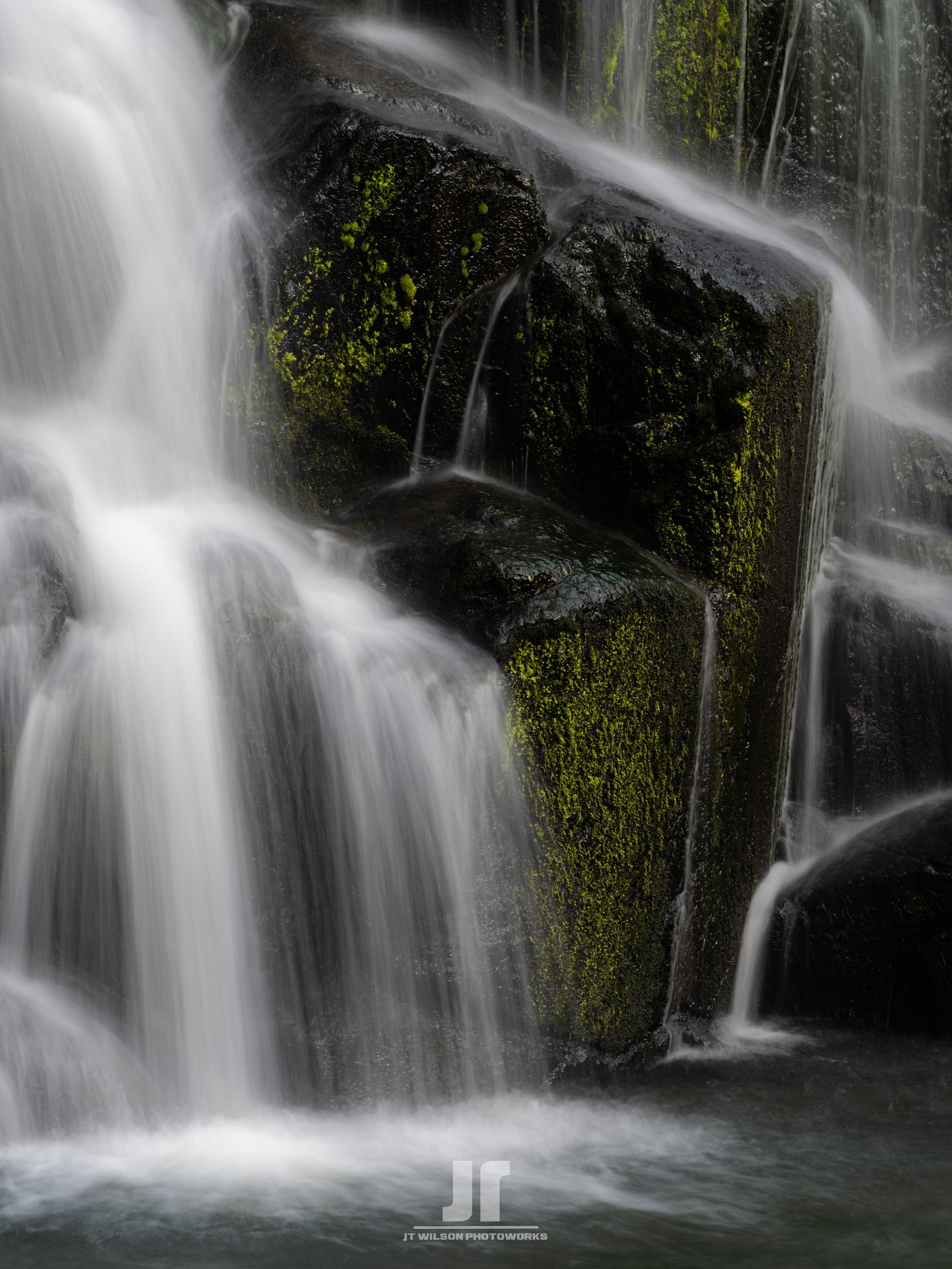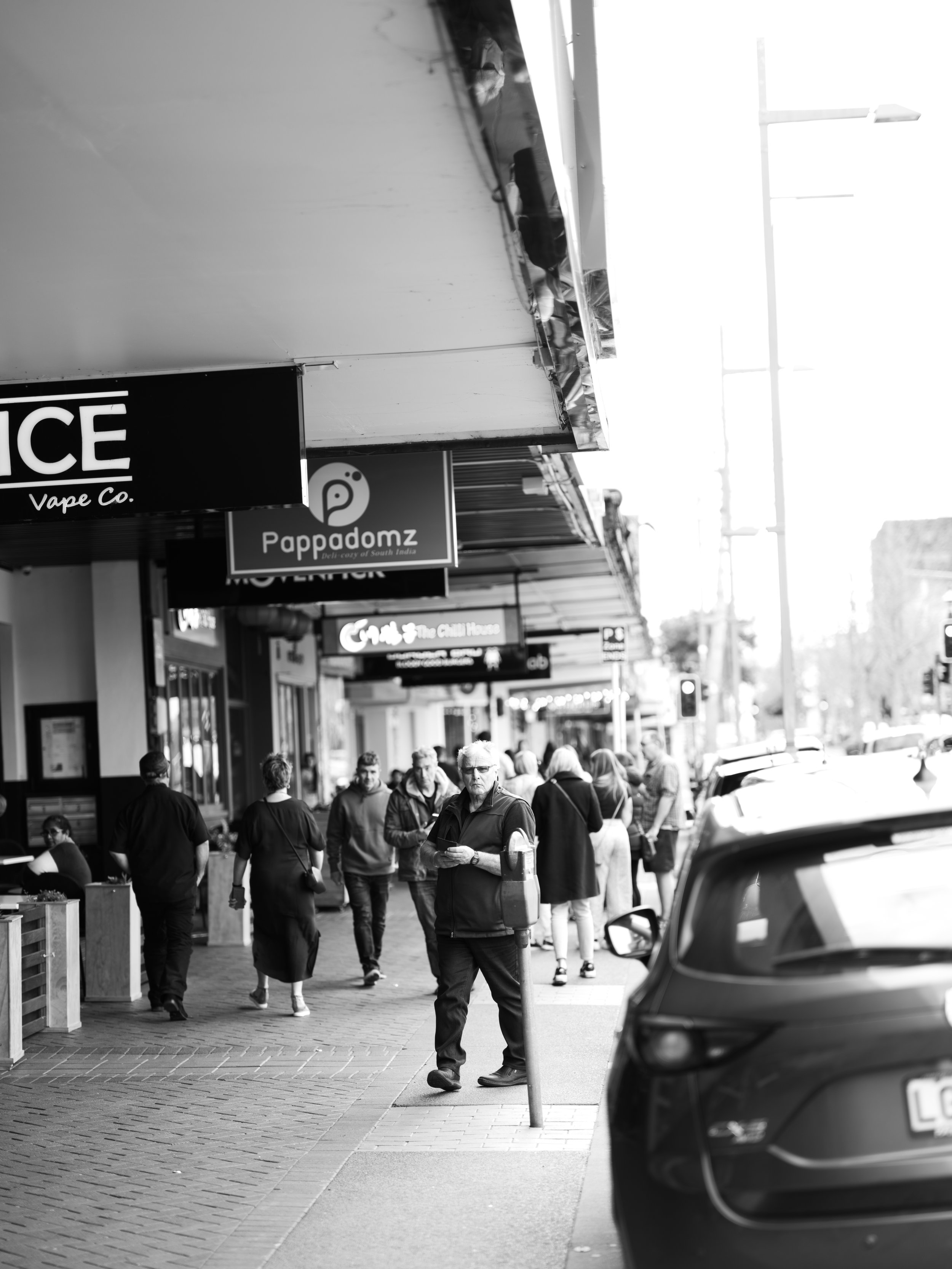Hey guys, below is the welcome blurb over on Patreon. I brought this back because I need your help! My end goal is turning this part time hobby into a fulltime profession and I need your support to do that. While Patreon is the ultimate way to do that, with support tiers as low as $3 a month (Not even a cup of coffee guys!) - but it isn’t the only way. Likes, comments and better yet, shares are simple ways you can support my work and allow me to reach more people. There will be lots of blog posts coming talking about the basics of shooting certain types of landscapes, along with YouTube videos in the field or talking about the gear I use.
Back to Patreon; There are three support tiers that might interest you! Some of the rewards carry across each tier, and as I embark on specific projects I may create new tiers specifically for those. One of the things I’m stoked to offer exclusively to patrons is prints! After moving from just offering prints to trying out a “Limited edition” type thing, I made the decision to pull out of offering prints in general for the time being. But, I figured it’d be a nice way of giving patrons a little exclusivity for their contributions (If that even counts at my level hah).
So! Tiers:
Tier 1: Entry Level and early access to the blog
AU$3 per month (Sorry, AUD is the closest I can get to my local currency here in NZ)
$3 a month. That's not a whole lot - not even a cup of coffee! Support at this level is a simple "Hey Jarred, I like what you're doing - keep it up!".
For your support, you also get access to my patron only feed. That means you can:
Join in on any discussion. Get early access to blog posts, gain access to Patreon only blog posts, Read any reviews I do, Read any tutorials I put up and have full access to purchase prints of any photo I have shot (Ts & Cs apply)
Tier 2: Early Access
AU$5 per month
This is pretty much the same as Tier 1, except you get early access to an Youtube Videos I create and have the opportunity to give me some feedback on them before they go live :)
Tier 3: VIP
AU$10 per month
Again, the same as the previous tiers, BUT! I’ll post a free HD wallpaper for your chosen device (Smartphone, Tablet or Computer screen) EVERY MONTH. (Note, these will be watermarked with my “double J” logo)
Based in the Waikato (New Zealand), I'm trained as a Lab Technician and have been in that work space for nearly 20 years. Photography is how I exercise the "arty" part of my brain. I shoot mainly Landscapes, but also do the odd bit of portrait and product photography. I have a keen interest in all types of photography and continue to learn every time I pick up the camera.
So! Check out the spiel below and I’d love it if you considered joining up!
SO WHY PATREON?
It allows me to put more of my time and energy into this passion to bring more images and improve the quality of my work.
It builds a community of people who support what I do and provides me the best way to give back to them via Patreons reward structure.
It gives me the best chance to get feedback from that community to improve on what I do.
I'M INTERESTED! WHAT'S IN IT FOR ME?
You want to learn how I do things and get instant access to the tutorials I’ve written here.
Q&A! Get your specific questions answered directly.
You want Early Access to the content I create, be that blog posts, Images and Youtube videos.
You want to get a hold of some of my favourite images and plaster them all over the screens you look at every day. That is: Phone lock screens, desktop/tablet wallpapers.
Please note: Not all of the images I take can be legally printed and effectively sold (via a patreon reward). If the image contains recogniseable people in the public or specific branding visible, then the images are effectively off limits without the permission of the people/companies contained within.
CHECK OUT ME ON SOCIAL MEDIA
Youtube: http://www.youtube.com/gsrwrc
Instagram: https://www.instagram.com/jarredspec/
https://www.instagram.com/jtwilsonphotoworks
Facebook: https://www.facebook.com/jtwilsonphotoworks
MY GEAR
This is the stuff I shoot with :)
Camera: Fujifilm X-T4, Fujifilm X-T2, iPhone 7 Plus.
Lenses: Fujinon XF 10-24mm f/4, Samyang 12mm f/2.0, Fujinon XF 56mm f/1.2
Tripods: Mefoto Backpacker and Sirui AM-254.
Filters: Hoya HD Circular Polarisers, Breakthrough Photography X2 NDs (6 and 10 stop), Kase "Neutral Night" Clip in light pollution filter.
Lighting: Yongnuo YN 560III Flashes, Yongnuo 560TX Radio Trigger. Westcott Apollo 60" Convertible Umbrella, Godox 24" Softbox, various sizes of “3 in 1” reflectors






